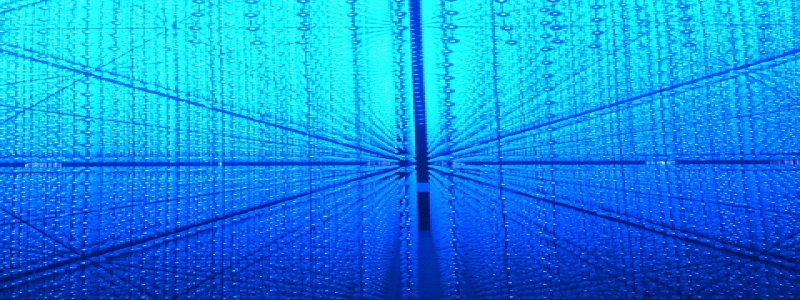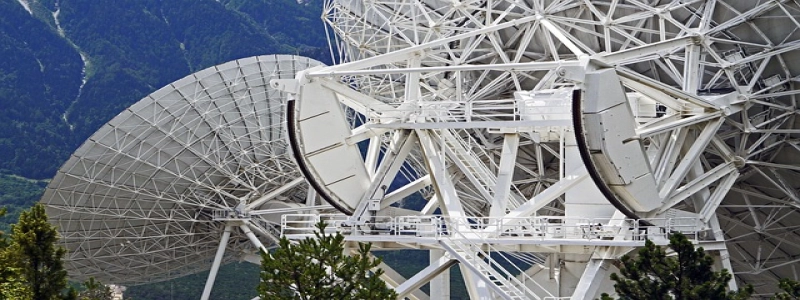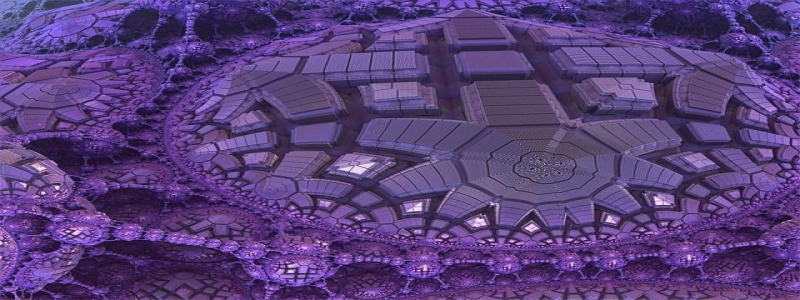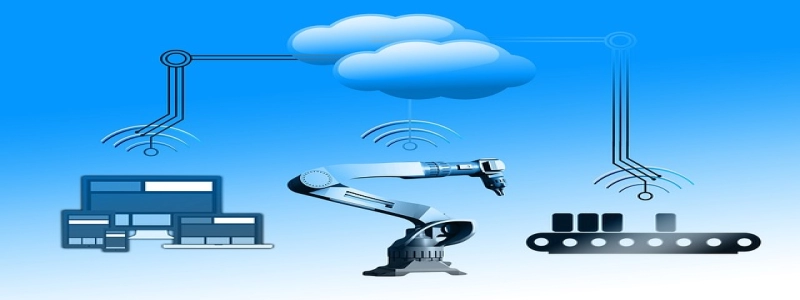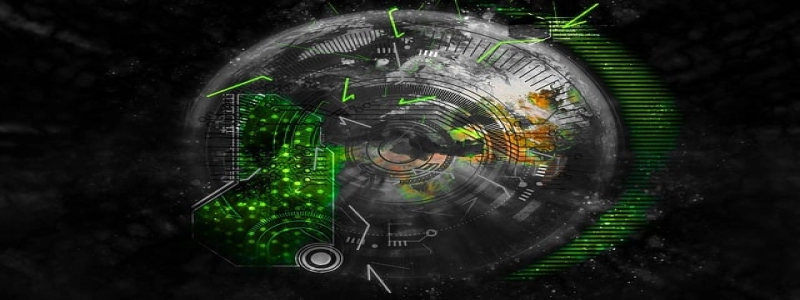Ethernet II Frame
Title: Introduction
Subtitle: What is an Ethernet II frame?
The Ethernet II frame is a data packet format commonly used in Ethernet networks. It is part of the Ethernet protocol suite and is widely used for data transmission over local area networks (LANs). In this article, we will explore the structure and components of an Ethernet II frame in detail.
Title: Frame Structure
Subtitle: Understanding the components of an Ethernet II frame
An Ethernet II frame consists of several components that contribute to its structure and functionality. These components include the preamble, destination MAC address, source MAC address, EtherType field, data, and CRC (Cyclic Redundancy Check).
Title: Preamble
Subtitle: The synchronization sequence
The preamble is the first component of an Ethernet II frame. It consists of seven bytes (56 bits) and is used to synchronize the receiving end of a data transmission. The preamble is composed of alternating 1s and 0s, followed by an end delimiter.
Title: Destination and Source MAC Addresses
Subtitle: Identifying the source and destination of the frame
The destination MAC address field contains the Media Access Control (MAC) address of the device to which the frame is intended. It uniquely identifies the recipient device on the network. The source MAC address field contains the MAC address of the device that sent the frame.
Title: Ethertype Field
Subtitle: Differentiating between data and control frames
The EtherType field is a two-byte field that identifies the type of data being carried in the frame. It helps the receiving device determine how to process the data. Ethernet II frames use this field to differentiate between different types of frames, such as IP packets, Address Resolution Protocol (ARP) messages, or other control frames.
Title: Data
Subtitle: Carrying the payload
The data field of an Ethernet II frame contains the actual payload or data being transmitted. It can vary in size depending on the specific Ethernet standards being used. The maximum allowed size for data in an Ethernet II frame is 1500 bytes.
Title: CRC (Cyclic Redundancy Check)
Subtitle: Ensuring data integrity
The CRC field is used to detect errors in the received frame. It is a four-byte field that contains a checksum value. The sending device calculates this value based on the contents of the frame and appends it to the end of the frame. Upon receiving the frame, the receiving device recalculates the checksum and compares it with the one received. If they do not match, an error is detected.
Title: Conclusion
Subtitle: Summary of the Ethernet II frame structure
In conclusion, the Ethernet II frame is a vital component of Ethernet networks. Its structure includes a preamble for synchronization, destination and source MAC addresses for identifying the recipient and sender, an EtherType field for differentiating between frame types, a data field for carrying the payload, and a CRC field for ensuring data integrity. Understanding the components of an Ethernet II frame is crucial for network engineers and administrators working with Ethernet networks.
